
16 minute read
CCS San Salvador
Cultural Centre of Spain in San Salvador
History
The Cultural Centre of Spain in San Salvador (CCSSS) was officially opened in 1998. Like most Cultural Centres, there is no specific date for its origin, as the Centre was inherited from the former Salvadoran Institute of Hispanic Culture. However, since its re-denomination and the acquisition of its headquarters, the Centre has continued to broaden its cultural activity and to become more solidly established as part of the socio-cultural context of El Salvador. This evolution coincided with the ending of the civil war and the signing of the Peace Treaties in 1992, which brought in a new socio-political scene and a period of peace and political stability, which made cultural action not only feasible, but necessary. During its first years of existence, the Cultural Centre was under the direction of the Office of Culture of the Embassy, with support from the former Institute of Hispanic Culture. Nevertheless, its own Director was appointed in July 2005, coinciding with the expansive period of the Spanish Cooperation, thus granting the Centre more possibilities in the programme of activities offered, both in quality and in quantity. The Centre’s first director was Juan Sánchez, who modernised and revitalised the institution. Firstly, the physical space was renovated to give it more personality, with a red and white decorative scheme and cement floors. This building, a priori, offered little scope for expansion, being small and hemmed in between the Embassy and the Technical Cooperation Office. Nevertheless, a project was set in motion, with repercussions extending beyond the Centre’s walls. Cultural cooperation was assigned a generous budget, which enabled a broad programme of activities to be offered. Moreover, these were not limited to the capital but reached many other parts of the country. Outstanding projects from that first stage of the Centre’s existence include Invasión en el Parque (Invasion in the Park), the Youth Art Award and the publication of the Revuelta (Uprising) collection. The CCSSS became consolidated as a space for encounter and a reference point in the fields of art and design – the Centre’s logo was acclaimed and created a trend. Programmes of activities for children, literary presentations and drama projects were also initiated. Another highlight of those initial years was the crucial support provided by the Centre in the creation of the National Dance Company. The second Director, Fernando Fajardo, took over in 2010 with a very different proposal, partly due to the economic crisis in Spain, which had provoked a considerable reduction in the funds available. His management focused on new processes of collective decision and social participation. The Centre had long sought to gain additional physical infrastructure, and in 2011 it was able to lease a nearby space, where a new project began to take shape: La Casa Tomada (Under New Ownership]). This project was undertaken by different collectives, with diverse interests but a common goal: the transformation of La Casa Tomada into a space of encounter, debate and freedom, with no prerequisites or barriers to participation. EU funds were of crucial importance, enabling the consolidation of one of its flagship projects, Cultura entre Todxs para Construir Nuevos Mundos (All Together for Culture, Building New Worlds). With the additional resources and equipment available, La Casa Tomada provided numerous training and education programmes, together with mediation and participation initiatives involving the adjacent neighbourhood of Las Palmas. During these first two stages of its existence, the CCSSS was staffed by a small team of local
workers. Although these personnel had not received specific training as cultural managers prior to their arrival at the Centre, mainly due to the lack of facilities in this respect in El Salvador, by the late 1990s they had become well established as professionals and experts in cultural cooperation. In 2017, Eloísa Vaello Marco took over as the Director of the CCSSS. She has worked to consolidate the advances achieved by her predecessors, establishing a long-term programme aimed at creating a visible impact and obtaining synergies with cultural and social forces in the local environment. To achieve these aims, the Centre sought to integrate the worlds of art and culture into the social and political domains, upholding citizens’ cultural rights, proclaiming the value of culture, facilitating access to public spaces and calling for their use as a collective good. Including La Casa Tomada, the CCSSS currently has over 2,000 square metres dedicated to culture, with a library, a multi-purpose room for exhibitions, workshops, presentations and talks, a scenic arts room for film, music, dance and theatre, a cafeteria, meeting areas, spaces for promoting initiatives by cultural and social entrepreneurs, an ornamental garden, a small vegetable garden, a recording studio, a photographic darkroom and a radio broadcasting booth.
Main lines of action
The activities performed by the Cultural Centre are defined in the Master Plan for Spanish Cooperation, in its Culture and Development Strategy Paper. The CCSSS, also in line with Spanish Cooperation policy, seeks to comply with the 2030 Agenda and to help achieve the Sustainable Development Goals. Working directly with related institutions and the cultural sector of El Salvador, the Centre has published an Annual Action Plan, based on strategic development objectives. Its programme is focused on three main areas: the internationalisation of Spanish culture, cultural cooperation and culture as a factor for development. The first of these areas concerns Spanish culture, its dissemination and visibility. The CCSSS aims to make Spanish creators more widely known, prioritising young new talents, but without forgetting classical, more established artists whose presence always enriches festivals and international encounters. As yet, there is no commercial circuit in El Salvador that might attract a Spanish theatre or dance company, or art exhibition, and so the Centre’s presentations of our cultural world in El Salvador are of vital importance. What is most important however, is that this line of action should complement the other two. In this sense, the work of the Cultural Centre is always global. In showcasing Spanish proposals, it also seeks to forge ties and networks with local artists and creators, to create spaces for education, discussion and friendship, spaces of exchange that strengthen the relations between these two sister countries. As an example, consider Dolorosa (Woman in distress), the production by the National Dance Company of El Salvador. This collective creation was directed by Luz Arcas, a Spanish dancer and choreographer, the director of the company La Phármaco, who worked for over a month in its preparation, as part of the Residency Programme for artistic creation, This project not only exemplified the internationalisation of Spanish culture, bringing the work of La Phármaco and Luz Arcas to El Salvador, but also generated learning activities, exchange and collective creation. No less important, it resulted in inter-institutional strengthening, as the CCSSS worked in close coordination with the Salvadoran Ministry of Culture to consolidate the National Dance Company. The second axis of activity is that of cultural cooperation, which is the backbone of the Centre’s regular programming, with a wide range of activities, projects and programmes fostering ideals of exchange and cooperation with public institutions and with the different sectors of civil society, among whom the CCSSS enjoys a privileged position as an interlocutor. At the same time, through the Network of Centres and via multilateral institutions and international organisations, the Centre has participated in initiatives to strengthen the IberoAmerican space and international cultural networks. Highlights in this area include projects such as Invernadero (Hothouse) and A2Bandas (Twin track). Although the Centre’s main goal is to support local artists and help make them better known, this is complemented by skills-acquisition programmes given by Spanish experts, exchanges within the Network of Centres, debates and discussions, and
1
1. Premiere in 2019 of Dolorosa, by the National Dance Company of El Salvador and Spanish choreographer Luz Arcas, director of the company La Phármaco.
2
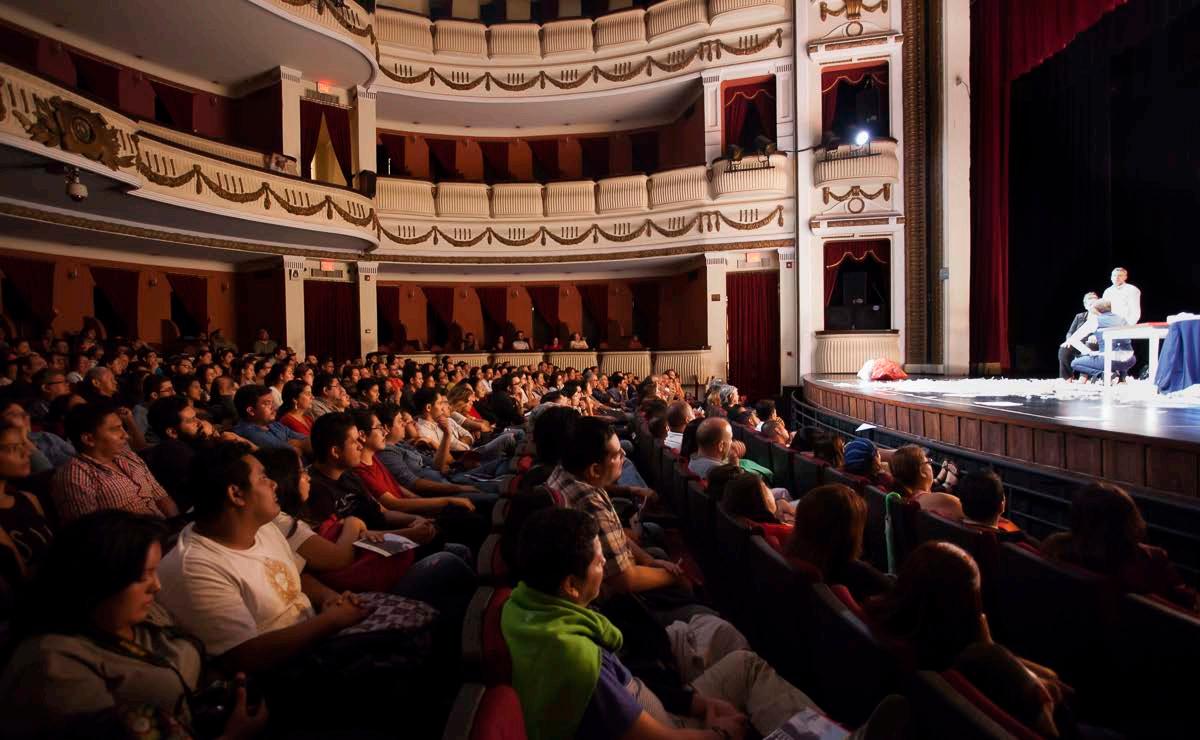
spaces for public participation and experimentation. Thus, art and culture enable us to reflect on the socio-political present, on where we are and where we wish to be. The third axis is that of transversality, connecting all the programmes, projects and activities scheduled for the Cultural Centre. This cross-cutting approach is set out in the Culture and Development Strategy Paper, which details seven lines of action, in all of which culture is understood to be essential for comprehensive, sustainable development. Not every Cultural Centre can address all of these areas with the same degree of intensity, but the CCSSS places great emphasis on skills training, taking full account of the first two areas of attention; thus, it is very active in fostering communication, with its radio station Radio Tomada e Impúdica at the forefront: in the political dimension of culture, it undertakes projects such as La Casa Tomada, Invernadero and Intersecciones; and in the preservation of heritage and popular memory, with projects to strengthen and raise the visibility of náhaut, i.e. the process of reconstruction and remembrance following the Salvadoran civil war. The Culture and Development Strategy Paper also addresses transversal subjects such as gender issues, sexual diversity, inclusion, the environment and human rights. All of these areas are central to the Centre’s programming, in line with its fundamental aim, to provide an open and inclusive space to foster the enjoyment of culture.
The Centre’s position in the local context; strategic planning
The Cultural Centre celebrated its twentieth anniversary in 2018, consolidating its position in the sociocultural framework of El Salvador, strengthening and organising its programme in line with the notion of heterotopia proposed by Foucault, in which he described certain institutional, cultural and discursive
3
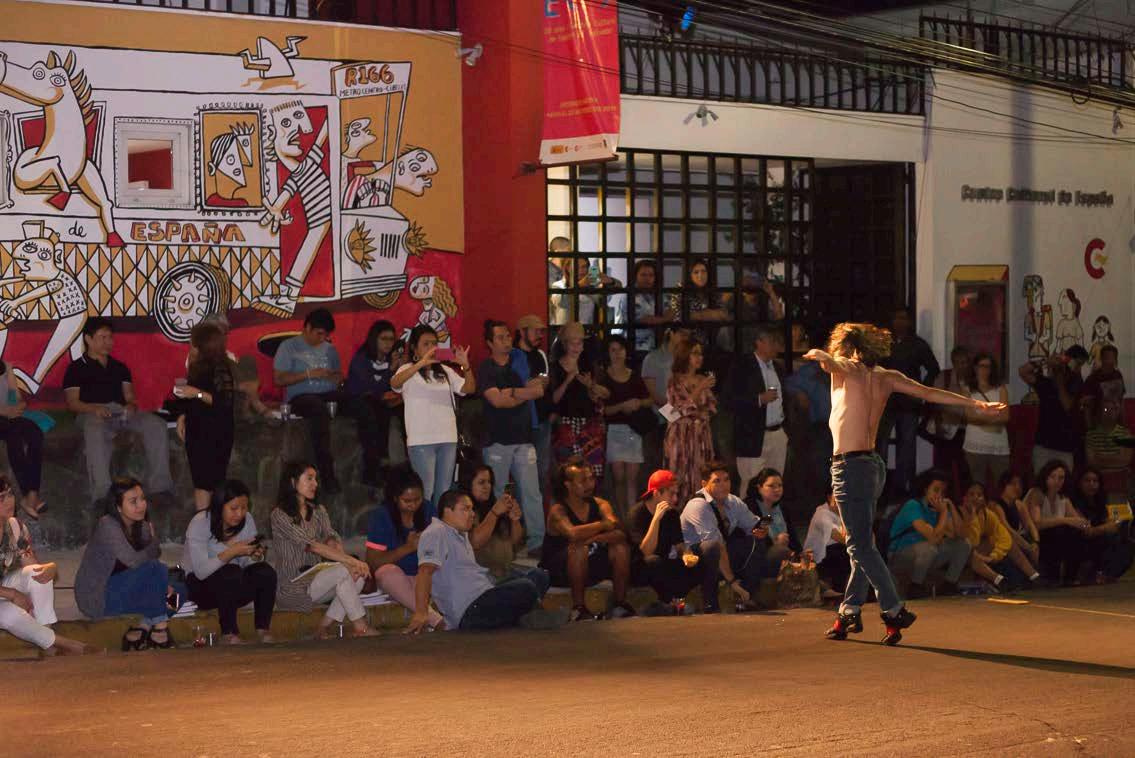
2. Hispanic Salvadoran Theatre Festival. National Theatre of San Salvador, October 2018.
4
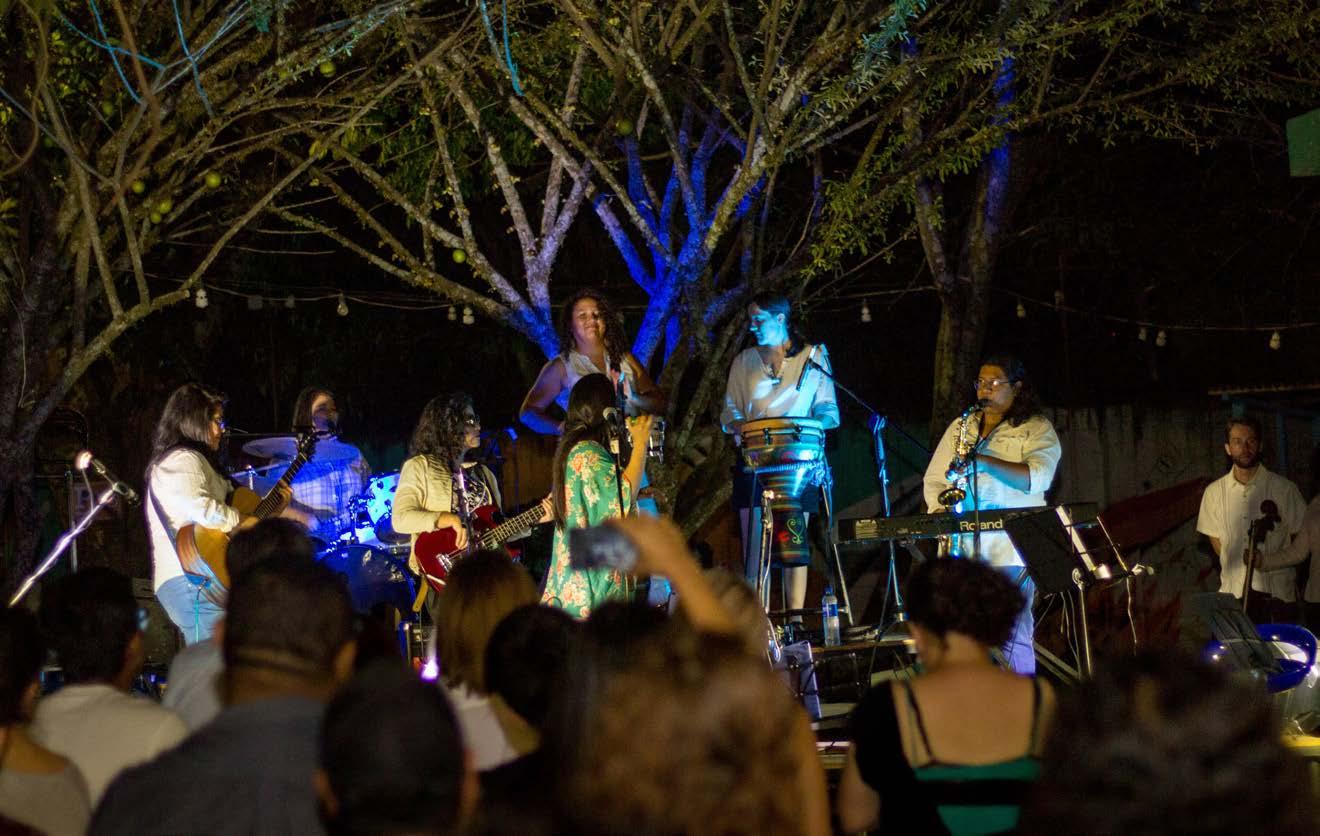
3. Spanish dancer Fernando Hurtado, in front of the CCSSS building, at the presentation of its programme for 2019. 4. Las Musas Desconectadas in the first concert of the A2Bandas project of musical encounters at the CCSSS. La Casa Tomada, March 2018
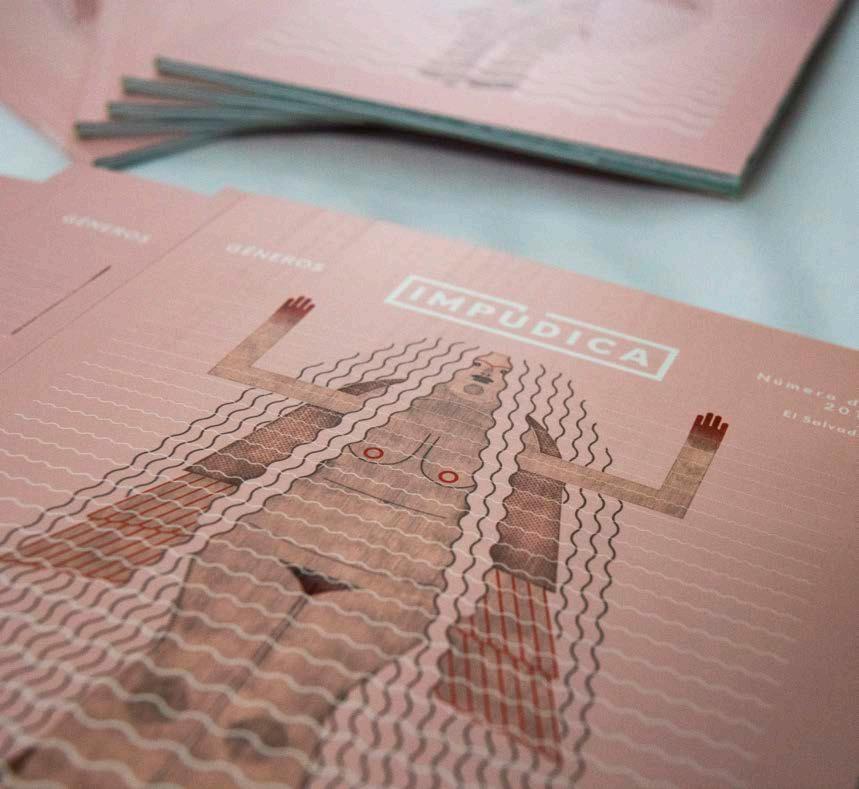
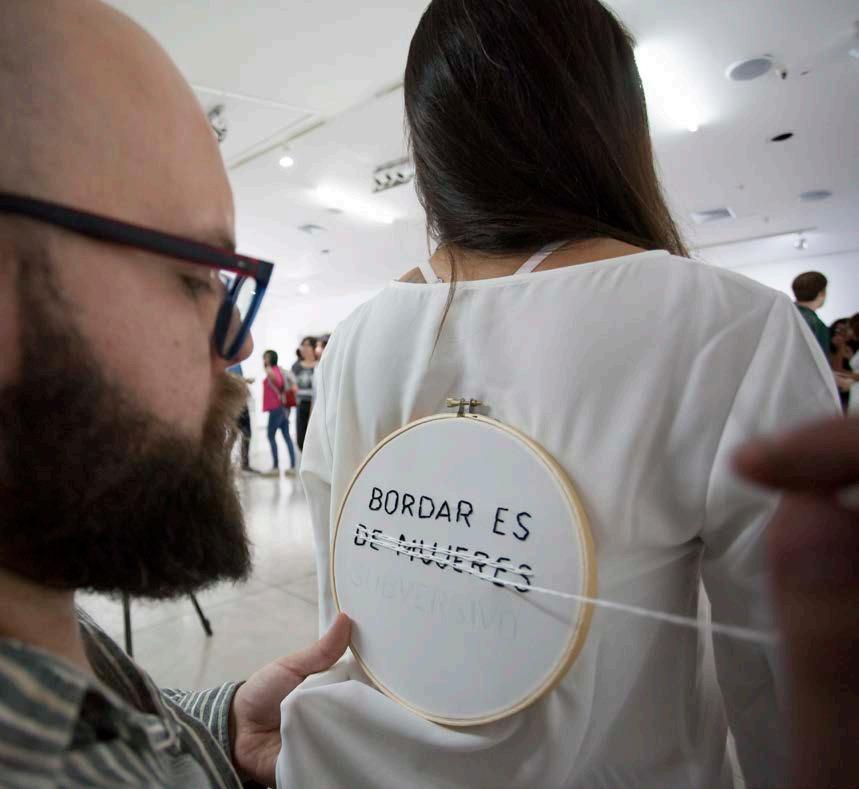
5. Presentation of the second issue of the magazine Impúdica, published by the CCSSS and El Faro. November 2018
6. Performance of Andy Retana (Costa Rica) at the inauguration of the exhibition Rapaces Generos.as. March 2019
5
6 spaces as “otherly”: unsettling, intense, incompatible, contradictory and transformative. The CCSSS, if it has not already done so, wishes to become a heterotopy, as defined by Foucault. Its aim is to provide a space for encounter, without barriers, where artists and public can intermingle, where theatre merges with cinema and dance takes to the streets, where all can join in, where a choir of senior citizens can sing while children play at reading and sharing. A space in which we think in Spanish and sing in náhaut, a non-space with room for all. A space at the vanguard of contemporary art and learning, in art, critique and curatorship. A non-space that has gone out into the city squares to recover and reinvent public spaces, which has been referential in setting up models for the collective management of cultural spaces, coexisting with La Casa Tomada, in order to complement and understand one another and to build bridges between different ways of making culture. But, above all, step by step, director after director, with a more or less generous budget, the Cultural Centre has continued to be a space of culture for everyone. A space for dialogue and thought. A space for encounter and freedom, for contradiction and transformation. In times of crisis, fear, violence and uncertainty, the goal of this Cultural Centre is to remain a space of respect, democracy and culture. A place for all citizens, for the construction of critical thought and for free thinkers. A space with memory, retaining our past and capable of producing an inclusive narrative, spanning all perspectives and sensibilities. A space in the present, for the present: to play, to learn, to grow, to imagine and to dream. A space to enjoy drama, film, music, dance, photography and art… but above all, a space in which to build and to equip ourselves for the future, for a better future.
XX, marking the first 20 years of the CCSSS
Javier Ramírez (Nobody)
Visual artist. Co-organiser of FEA, with Elena Salamanca, of ADAPTE, with Ronald Morán, and of the exhibition Equis, Equis (XX), marking the twentieth anniversary of the Cultural Centre of Spain in El Salvador.
The faces that comprise the institution
X marks the spot where a place is located on a map. It pinpoints a site; it might be your starting point or your destination; it might be the centre of somewhere. El Salvador is full of signs that mark meaningful spots (official or otherwise): a cross erected to remind us of a dead relative, monuments to abstractions such as “reconciliation” or “transparency”, Google Maps pins telling us where to find an ATM, etc. We might draw virtual lines connecting these spots, and these would reveal a dynamic image of the living culture of the country; they would also show us one such spot standing out from all the rest, one where multiple lines converge. In downtown San Salvador, the Cultural Centre of Spain in El Salvador (CCSSS) is a meeting point and a driving force for various initiatives in the ample field of culture. Since June 1998, it has passed through different stages, changing according to the political context of the time, the national and international economic situation, the vision of the Director currently heading the institution and the ebb and flow of trends, but it has always found an appropriate response to the circumstances that may arise. If you look carefully, apparent behind the CCSSS logo there is a group portrait of persons whose faces reveal different backgrounds. The history of the institution is also that of the personnel who – each in their own way and in their own time – have generated the complex, collaborative work involved in the operations of a cultural institution. What the CCSSS has achieved and contributed to society reflects the human quality of its staff: it is their ideas and actions that make the projects tangible, that translate them into documented plans, and
the mapped-out guidelines into concrete facts that transform reality.
Community culture for development
An X is drawn from two strokes that meet in the centre. From the simple union of these lines, we have the letter and all the benefits it offers. Were one of the elements missing, it would be something else, but not an X. Two small strokes, two tiny paths that meet at a shared spot. If maps showed the routes that we walk every day, we would find other lines, created by persons whose paths cross our own during the daily routine. From these intersections, we could observe the effects generated by each encounter. Our work in culture is based on just this type of human interaction: when the paths of two or more people (or two or more communities) intersect, the conditions are right for them to generate, or contribute to the great human creation that we call culture. With the new spaces opened by La Casa Tomada, the Cultural Centre of Spain now has a more plural structure, one that facilitates support for initiatives on human rights, gender equality, cultural diversity, indigenous and African-descendant peoples, environmental sustainability and the fight against climate change, among many other areas of urgent attention. From artistic creation as a strategy to encourage different ways of thinking about social problems to the use of open-source technologies and even in the everyday interactions within the cafeteria at La Casa Tomada, every single day we can observe hundreds of personal paths that intersect in this space, which exists to make a positive contribution to society, to create diverse cultures out of multiple idiosyncrasies.
Expressions and artistic exchanges
The graphical symbol of the X is a work of art in itself, adopted and transformed in use by a host of cultures over thousands of years. The simple drawing of two sloping lines, joined at the centre, enables us to represent ideas and concepts as diverse and complex as the unknown quantity of an equation, a kiss in a text message or the female chromosome, to name but a few. In their quest to create equally effective images, artists in El Salvador have been changing the ways in which they work at an ever-increasing rate during the last 20 years. The recent history of Salvadoran art is replete with footnotes citing the CCSSS as one of the most important institutions presenting the work of creators and their responses to the challenges arising in the new century, in which new technologies have made borders disappear and distances shrink, smoothing the way for collaborations between different disciplines and latitudes. In fields such as contemporary dance and art, the impact of the cooperative work sponsored by the CCSSS is particularly visible. Its monthly programme of exhibitions and the Awards for Young Art have spurred new trends in forms of expression, reflecting the ever-changing present, giving rise to a series of works that now form part of the permanent collection of the El Salvador Museum of Art. Likewise, the Centre’s support for the Morena Celarié National School of Dance and its collaboration in founding the National Dance Company of El Salvador have enabled mutually enriching exchanges between professional dancers in the region and those from Spain, attracting an unprecedented degree of international attention. Among the tangled confusion of reality, artists attempt to cut through the noise, to understand
the movement and to describe what they see and hear; in short, they strive to explain how we feel, from human experience. Among this same tangled confusion, cultural institutions provide support, perhaps not essential, but certainly valuable, so that we may continue discovering ourselves as persons, as creators.
A personal testimony of liberation (and healing)
I am currently engaged in curating the XX exhibition, on the twenty years of the Cultural Centre of Spain in El Salvador. This process has led me to recall the experiences that have impacted me most profoundly in this period, mixing my own experiences with other perspectives, more concerning the internal functioning of the institution. Within the cement grid of San Salvador, I find myself reviewing the history of this Centre and of the people who have made it what it is, and then displaying this history on the walls and talking about it in public: showing it off. But after rummaging through boxes full of pictures and papers, I feel like this story includes me, too; that the institution’s archive is also a family album that goes far back, recalling memories in which the faces are familiar, but younger; some faces are no longer here, the physical space has been remodelled so much, fashions have changed… all are signs of the transformation of culture. I can see no right way to end these words; I look towards the future and see that much remains for me to do (hopefully) in my personal telling of how I see the world and how it feels for me. Nothing is certain and yet, wherever I may be, whatever I may be doing, I will always have something of the rich legacy left me by the Cultural Centre of Spain, by those who collectively made it part of the cultural world of El Salvador. When I think of the institution, in my mind’s eye I see its logo, and I am grateful for the conversations over the many years, when we had space to work in harmony, or sometimes in disagreement. As always, there is so much left to be said but now is not the time, so let me just say: Amen.
This text was published in the book 20 years of the CCSSS, San Salvador, December 2018.

MÉXICO Cultural Centre of Spain in Mexico
Address
Pasaje Cultural Guatemala 18 - Donceles 97. Colonia Centro, Delegación Cuauhtémoc C.P. 06010 Ciudad de México
Opened
2002
Web
http://www.ccemx.org/










